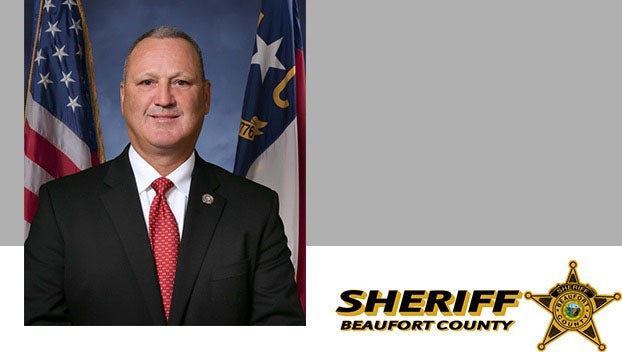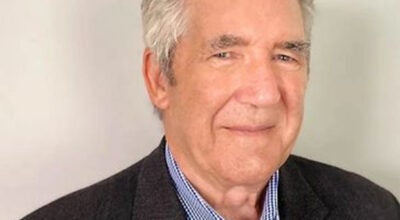Davis seeks jail ‘wish-list’
Published 8:42 pm Wednesday, May 2, 2012
A round-table discussion ensued Tuesday night as members of the jail committee discussed what Beaufort County needs in a new jail.
It was the second committee meeting of the task force assigned to study the conceptual, physical and financial options for a new county detention center. Beaufort County Commissioners Jerry Langley, Al Klemm and Hood Richardson, along with Beaufort County jail administrator Capt. Catrena Ross, Beaufort County Sheriff’s Office Chief Deputy Kit Campbell, District Attorney Seth Edwards and District Court Judge Michael Paul met Tuesday for round two of the planning stage, a conversation led by Todd Davis. Davis is the director of criminal justice planning and development at Moseley Architects, the corporation hired last month by the county to assess the options of a new detention center.
One by one, Davis asked the district attorney, the jail administrator, the chief deputy and the judge to elaborate on their concerns about the existing jail — what it lacks, what a new facility would need to rectify those concerns, even what would make their daily interactions with the jail, its employees and inmates easier.
For Edwards, safety is the primary concern, as he impressed the need to install a video-arraignment system to cut down on inmate interaction with the public within the walls of the courthouse. A video system would allow for first appearances, barring capital cases, to be made from a remote location, for example, a room designated for that purpose at the new jail.
Paul suggested a multipurpose courtroom in addition to video arraignment so that hearings could be conducted at the jail if necessary.
Ross and Campbell both spoke of the need for a lobby or a prebooking area outside the secured area of the detention center where the public can be fingerprinted, visitation may occur and bondsmen may pass paperwork into the secured areas without having to enter those areas themselves.
“So, visitors actually enter the secure envelope of your jail?” Davis asked Ross, after she explained the current visitation setup in the detention center. “That’s got to be nightmare for you to deal with.”
The option of having a kitchen versus not having one, subcontracting meal preparation to correctional food-service providers, having a medical station as opposed to an infirmary and a magistrate’s office on site were dissected. The need for a multipurpose room was brought up a second time by Ross, this time in reference to ministers visiting the detention center and inmates’ choice to either meet with them or not. At the existing facility, ministers address the cellblock as a whole, and they often struggle to be heard over those inmates who aren’t interested in their sermons, she said.
Davis will be delving into the details of inmate population in the coming weeks as his team crunches numbers, taking into account past county population and inmate population numbers to project how big the jail needs to be to accommodate the county’s inmates for decades to come.
Overall numbers will be likely affected by the increase in misdemeanants now serving longer sentences in county facilities as opposed to N.C. Department of Correction prisons, Paul pointed out.
Numbers may be increased further if the sheriff’s office decides to house federal prisoners and misdemeanants from other counties, thereby receiving state and federal monies for each inmate.
Davis said that 12 months’ to 14 months’ worth of design work is ahead, falling into four stages: conceptual, development, schematic and construction papers. First on the list, however, is figuring out how many people will be in a Beaufort County jail in 30 years.





